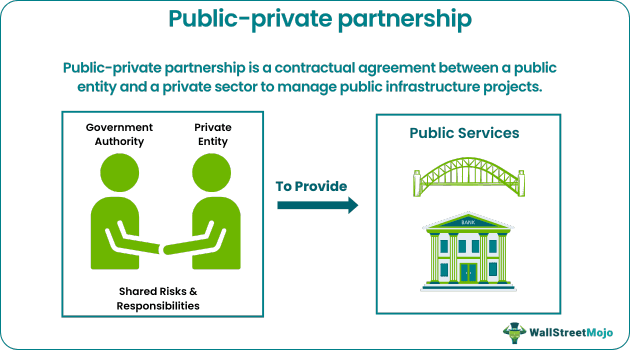How Faculty and Students Should Respond During an Active Shooter Incident
By John Fisher (assisted by AI)
Active shooter situations unfold quickly and without warning. In the chaos of those first moments, knowing how to respond can save lives. Both faculty and students play critical roles in protecting themselves and others, and research from past school and campus incidents provides clear guidance on what works. Drawing from decades of experience, experts like Ms. Susan Payne and Dr. Sarah Goodrum emphasize the need for preparedness, calm decision-making, and consistent response strategies.
Below is a straightforward, practical guide for what to do if an active shooter event occurs on a college campus.
What You Should Do Immediately
1. RUN — If You Can Escape, Do It First
If it is safe to evacuate the area, run immediately.
-
Leave belongings behind
-
Help others escape if possible
-
Prevent others from entering the danger zone
-
Keep your hands visible for responding officers
-
Call 911 when you reach safety
Ms. Payne emphasized:
“Modern response training teaches us to move toward safety immediately. Seconds matter.”
2. HIDE — If Escape Isn’t Possible, Hide Effectively
If you cannot run, your next step is to hide.
Choose a hiding place that:
-
has a door you can lock or barricade
-
is out of the shooter’s line of sight
-
provides solid coverage, not just concealment
-
allows you to remain quiet and undetected
Turn off lights, silence phones, stay low, and remain completely still.
Dr. Goodrum explained:
“Hiding works when people choose a secure space, stay silent, and deny the attacker access.”
Sheltering in Place: When and What It Means
Sheltering in place means staying where you are and making that space as secure as possible. It is used when leaving the area would put you in greater danger.
When to Shelter in Place
Shelter in place when:
-
the shooter is nearby and evacuation is unsafe
-
you cannot reach an exit without crossing the attacker’s path
-
you receive a lockdown notification
-
law enforcement instructs you to stay put
-
the building layout makes escape unclear
Dr. Goodrum emphasized:
“A safety plan can break down when we don’t execute the basics. Sheltering in place works when people stay quiet, hidden, and secure behind locked or barricaded doors.”
What Sheltering in Place Involves
To shelter in place effectively:
-
Lock the door immediately
-
Barricade using desks, tables, cabinets, or other solid objects
-
Turn off lights
-
Silence phones and devices
-
Stay out of sight—preferably behind solid cover
-
Remain absolutely quiet
-
Move to a corner not visible from windows
-
Do not open the door for anyone except clearly identified law enforcement
As Ms. Payne noted:
“Sheltering in place saves lives. It’s one of the most effective strategies when escape isn’t possible and the threat is still active.”
3. FIGHT — As a Last Resort
If you cannot run or hide, and your life is in immediate danger, be prepared to defend yourself.
Use whatever is available:
-
chairs
-
fire extinguishers
-
laptops
-
heavy backpacks
-
scissors or tools
Act aggressively and commit fully. Work as a group if possible.
Ms. Payne explained:
“It is rare to reach the ‘fight’ moment, but if you do, act decisively. Hesitation can cost lives.”
What Faculty Should Do Specifically
1. Calm and Direct Your Students
Your voice and demeanor guide the room.
-
Speak clearly
-
Give firm, simple instructions
-
Keep students as calm as possible
2. Lock Down the Classroom
If evacuation isn’t safe:
-
lock the doors immediately
-
barricade using desks, tables, or cabinets
-
turn off lights
-
move everyone out of sight
-
silence all devices
3. Account for Students After You Reach Safety
Once the threat is neutralized:
-
assist police
-
communicate with administrators
-
report missing or injured students
-
support reunification efforts
4. Know Campus Protocols
Make sure you’re familiar with:
-
emergency procedures
-
evacuation routes
-
shelter-in-place guidelines
-
reporting tools like SafeUT
What Students Should Do Specifically
1. Know Your Options Beforehand
Review each classroom you enter:
-
Where are the exits?
-
What can serve as a barricade?
-
Where can you hide?
-
What could be used as a defensive tool?
2. Follow Instructions
In emergencies, unified action saves lives. Follow faculty and police directions quickly.
3. Help Others if Possible
Assist classmates who panic or freeze—but only if it is safe.
How Law Enforcement Responds
Modern law enforcement no longer waits outside.
As Ms. Payne explained:
“Columbine changed everything. Officers now go directly to the threat to stop the violence as fast as possible.”
Follow all commands, keep your hands visible, and do not run toward officers.
Conclusion
Active shooter incidents are unpredictable and frightening, but preparation saves lives. By understanding the “Run, Hide, Fight” model, knowing when to shelter in place, and responding quickly and calmly, faculty and students can greatly increase their chances of staying safe. No plan eliminates all risk—but awareness, training, and decisive action remain our strongest tools.






